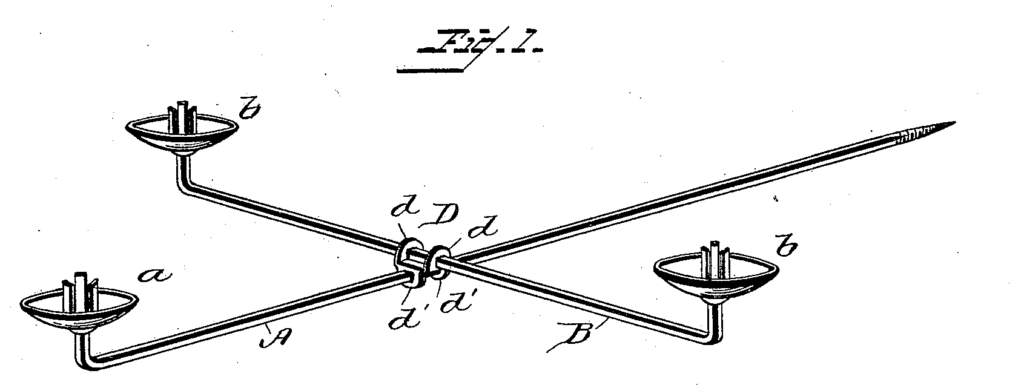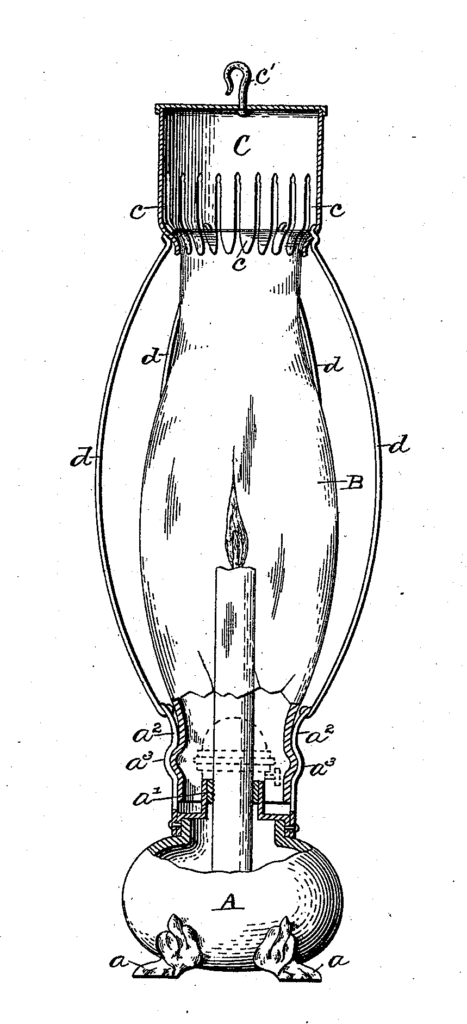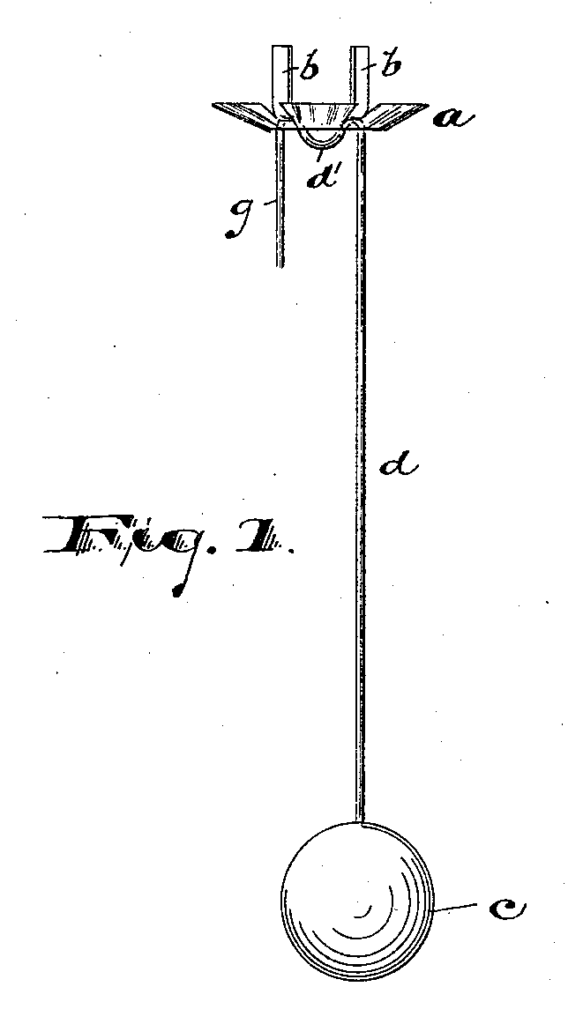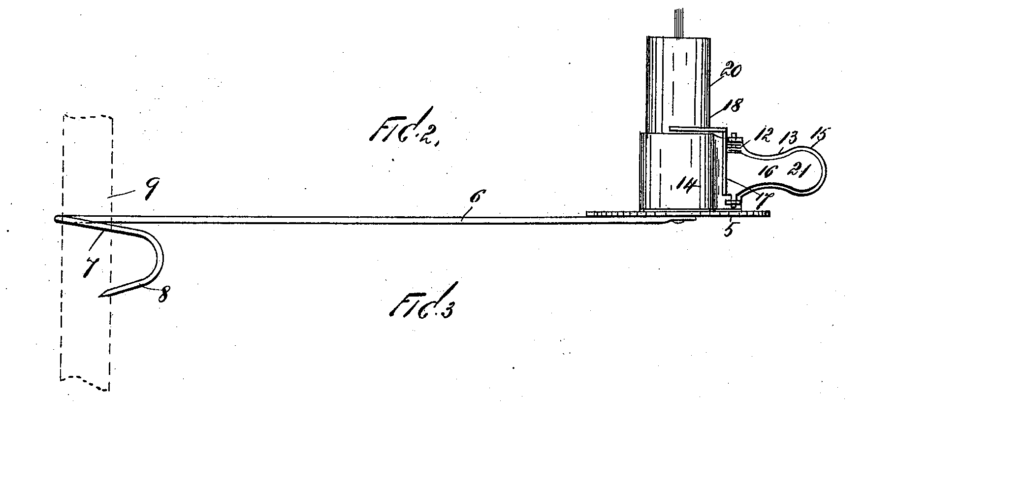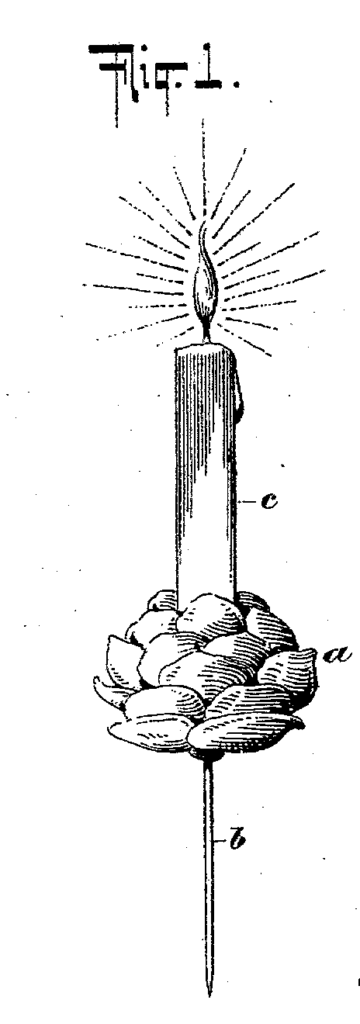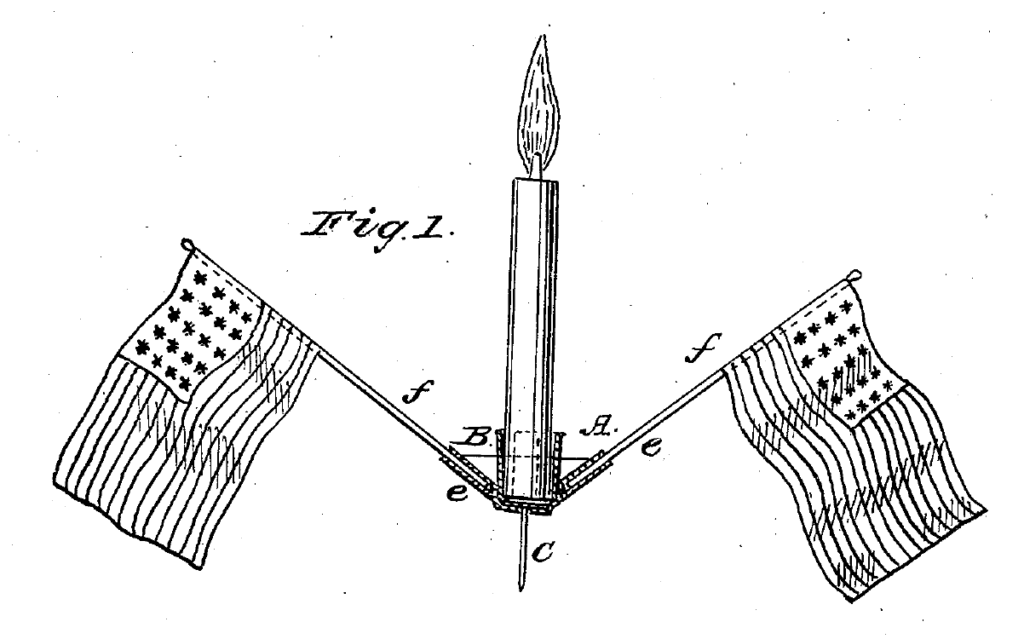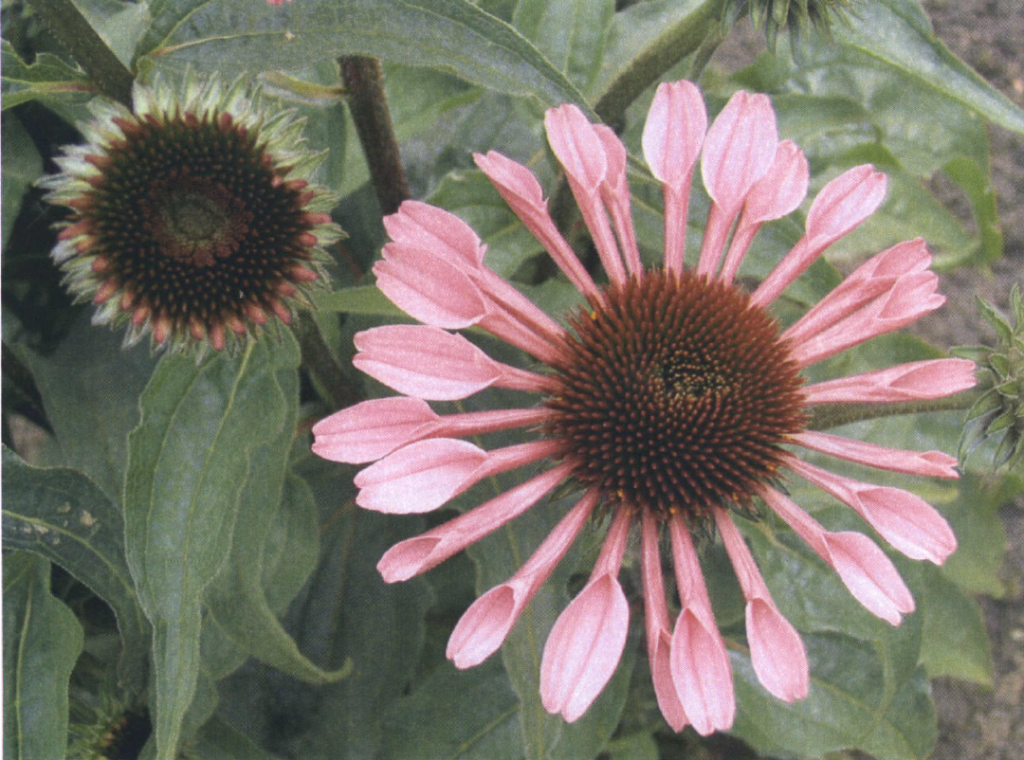U.S. Patent No. 6,333,083, on Foldable Artificial Christmas Tree is one of the few Christmas related patents that actually issued on Christmas. Since 1848, patents only issue on Tuesdays, and thus a Christmas Day Christmas patent only occurs when Christmas falls on a Tuesday. From 1850-1880, the Patent Office missed a few Tuesdays — those that fell on Christmas. Since then the Patent Office has not missed a Christmas, but they did miss a few Tuesdays during WWII in 1945, and a Tuesday in 1970 during a change in patent printing systems.
Patents have issued on Christmas in 1888, 1894, 1900, 1906, 1917, 1923, 1934, 1945, 1951, 1956, 1962, 1973, 1979, 1984, 1990, 2001, 2007, 2012, 2018, and the next batch of Christmas patents will issue in 2029.











